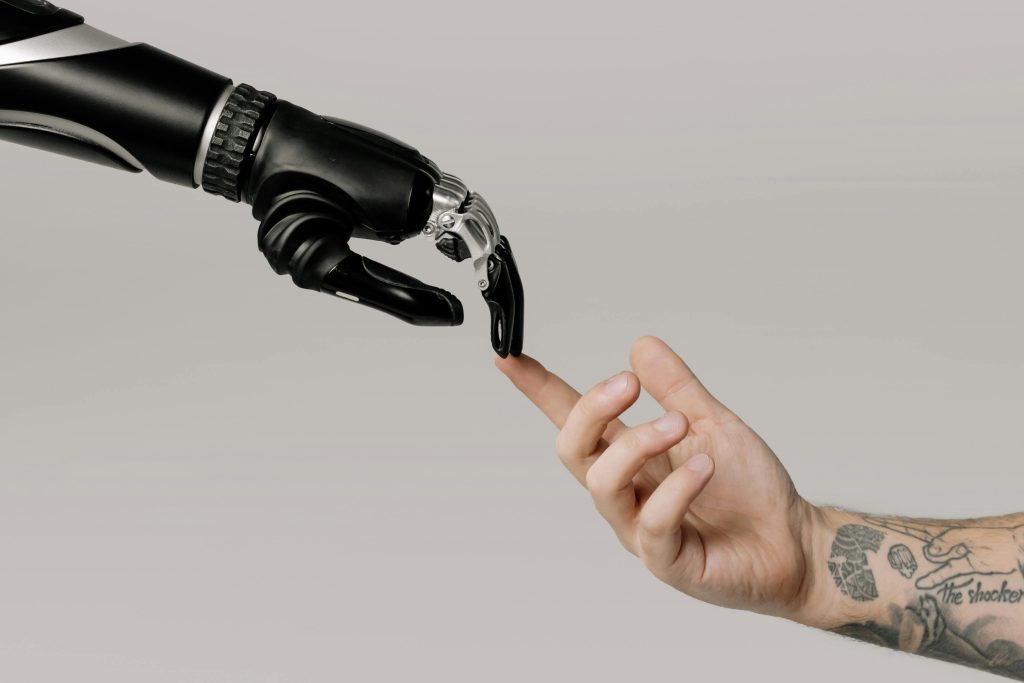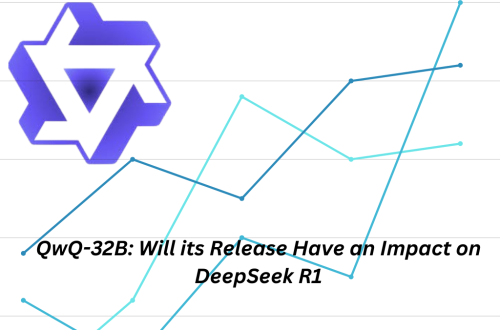
The Future of Marketing and Productivity
Over the past 15 years, digital marketing and analytics have already evolved marketing from a simple right-brain general skill to a few additional specialized skills, such as digital marketing or marketing technologies.
Allow me to take you on a journey back in time. Let’s go 30 years ago when word processors and spreadsheets were about to hit the market.
The entire business world was gearing up for the next big productivity revolution. We were promised that we would spend a lot less time writing, creating slides, and calculating numbers with a calculator.
Fast forward 30 years, and the promise has been fulfilled. We all have so much more free time now. The reality, 30 years later, is that we are not working less.
We are writing much longer documents on Word. Our PowerPoint presentations have gone from six to 50 slides. And that’s coming from a consultant.
Moreover, we are making much more complex decisions as the amount of data we have to process has exploded. Why is this important today?
Well, generative AI is coming, and it is increasingly integrated into the core of our organizations and our way of working. This will be the next big revolution in productivity. So, the question is: how can we truly seize this productivity opportunity?
The Impact On Marketing
As a marketing specialist, this question is currently top of mind for me. Some claim that marketing is the function that will be most affected.
Some even say that the impact of AI on productivity in my field will reach up to 50%. So, how to seize this productivity opportunity is not only important for business leaders but also for consumers.
So, what will happen to marketing? Well, marketing traditionally taps into the right hemisphere of our brain: creativity. It means that we excel at leveraging the emotional needs of our consumers, offering them the perfect product and perfect innovation that meets these needs, and then delivering a fabulous message that convinces the consumer, at the right place and the right time.
But today, the difference with generative AI is that it is transforming the core of marketing activities.
In a recent study conducted by the Boston Consulting Group and Harvard, we discovered that ChatGPT, in its current form, already improves the creative performance of marketers by 40%. Imagine what that number will be in a year or two. So, what will marketers do with an extra day and a half of free time each week? More yoga? More family time?
Do you think companies will accept that or will they abandon a significant part of the marketing function? Well, I believe that none of that will happen. I think that if we don’t actively drive this productivity revolution, marketers will invest in what they do best: more content and more ideas.
With more content, the result is certainly very productive for all of us as consumers. More content means more personalized content. Think about the weekly email that your favorite brand sends you.
Imagine if that email was tailored specifically for you, with only images of people your age, your gender, and even wearing t-shirts from your favorite rock band. All the products are relevant, and there’s even a natural conversation powered by a bot.
That is certainly a productive outcome. But there is also a very negative consequence for us as consumers: content overload. How many of you already feel pursued online by the same content over and over again? Imagine that the content chasing you that the amount of content, simply explodes.
Imagine also that the content chasing you is always the same. Why is this a risk? Generative AI has been trained based on existing content and data, and as a result, it reduces the divergence of outcomes. And this great leveling of marketing is certainly not a productive result.

The Solution
So, what is the solution? Well, I believe that marketing, and all other areas affected by this productivity revolution, need to develop a left hemisphere of AI, quickly, and also identify and protect their best right hemisphere talents.
You might ask, “What do you mean by developing a left hemisphere of AI?” Well, the function needs to redefine its skills and strategically reorganize to include people who can develop, use, and disseminate predictive AI tools at the core of decision-making.
In other words, in marketing, it means building teams of data scientists and engineers who create solutions that can be distributed to all marketing specialists to, for example, analyze performance and predict outcomes.
Imagine a marketing department that can understand which audience the creatives are reaching in the market, which product works with which consumer and why, or how the marketing funnel is evolving.
I see too many companies, just training their algorithms and models based on their current content and data. By sticking to that, you risk trapping a brand in your current territory.
For example, imagine being a brand that is very strong with millennials. Nothing in the existing data and content about them can help you succeed with Generation Z.
And then, if you never succeed with Generation Z, you will miss out on important innovations and trends that could strengthen your position with millennials. My advice to all companies is to think outside the box.
Think beyond your direct ecosystem to determine who could become a strategic data and content partner for you. Imagine being a construction company and deciding to reach out to architects for the first time.
You have no data. So, what do you do? Who has data on architects? Construction companies, but they are direct competitors. So, who? Outside of your ecosystem, possibly insurance companies or financial institutions.
You can build a model with them, train algorithms on that model, and better market your services to a new segment of consumers. Is that it? With this data, with these skills, have you finished, have you acquired this AI advantage?
Well, actually, no. Because you risk forgetting about your right hemisphere, the creative, in favor of generative AI, losing your strong brand identity, and getting trapped in the great leveling of marketing that I mentioned a minute ago.

In the study we conducted at Harvard, the Boston Consulting Group, and Harvard together, we found that when relying too heavily on generative AI, collective idea divergence decreases by 40%.
In practical terms, this means that new ideas no longer emerge. This means that true innovation is stifled. So, what’s the solution? Well, you need to identify the true artists, the agents of differentiation, and the real innovators in your field.
If you have worked in marketing before, you know who these people are. They are the ones who always disagree with you. Therefore, you need to strategically redefine the skills of these individuals to effectively use AI, for example, to be inspired by new ideas, to draw inspiration from new trends, to create rapid prototypes, and to amplify their impact once they have a good idea.
But you must protect them and teach them not to use AI to generate and create original ideas. They need to use their human brain, to circulate that human factor, which in turn will protect your brand identity and differentiation in the market.
I will conclude with advice for every marketing specialist. What are you good at? Are you super creative? Are you the true innovator? Well, if that’s the case, cultivate those gifts. That will be your superpower.
Do you love data? Are you super-rational, driven solely by facts? In that case, specialize. Develop your technical skills. Invest in predictive AI skills. Because in today’s world, every marketing specialist must choose their cerebral hemisphere.






One Comment
Pingback: